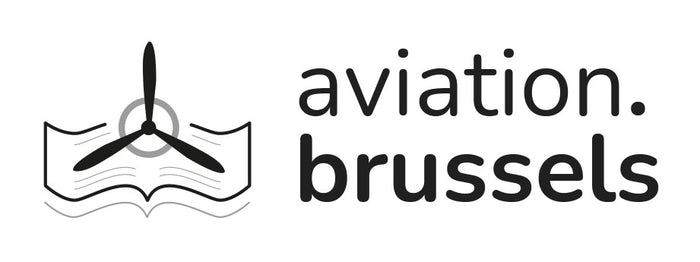AIRCRAFT INSTRUMENT SYSTEMS







Prix régulier 50,00 € TTC 6%
Characteristics
| Book cover finish | Stapled |
| Condition | Used good |
| Number of pages | 81 |
| Published date | 1985 |
| Languages | English |
| Collection / Series | AVIATION TECHNICIAN TRAINING SERIES |
| Size | 20 x 26 x 0.5 cm |
| Editor | IAP |
Description
An IAP, Inc. Training Manual.
This book comes with questions for study and test the comprehension of the theory.
PREFACE
This book on Aircraft Instrument Systems is one of a series of specialized study guides prepared for aviation maintenance personnel.
This series is part of a programmed learning course developed and produced by IAP, Inc., one of the largest suppliers of aviation maintenance training materials in the world. This program is part of a continuing effort to improve the quality of education for aviation mechanics throughout the world.
The purpose of each IAP, Inc. training series is to provide basic information on the operation and principles of the various aircraft systems and their components.
Specific information on detailed operation procedures should be obtained from the manufacturer through his appropriate maintenance manuals, and followed in detail for the best results.
This particular manual on Aircraft Instrument Systems includes a series of carefully prepared questions and answers to emphasize key elements of the study, and to encourage you to continually test yourself for accuracy and retention as you use this book. A twenty question, multiple choice final examination is included to allow you to test your comprehension of the total material.
Some of the words will be new to you, so they are defined in the Glossary. Many of these words, when they are first mentioned, are marked with an asterisk (*).
INTRODUCTION
The earliest aircraft had very little use for instruments, either engine or flight. The very fact that the engine was running was remarkable in itself, and the pilot had worries other than the amount of oil pressure or temperature. Flight instruments were of even less concern. As the state of the art developed, however, the pilot needed to know more about the condition of his engines, especially those of multi-engine airplanes whose engines were mounted on struts between the biplane wings. The pilot had no "feel" of the RPM or temperatures of these engines, so he had to resort to tachometers, pressure gages, and temperature gages mounted on the nacelle to enable him to monitor the condition of the engines in flight.
Flight instruments came into being as the pilot became more concerned about his altitude, his speed through the air, and the direction in which he was pointed. These gages supplied information helpful to the pilot--but the seat of his pants still supplied his most trusted cues.
As aviation became of age, however, "blind flying" allowed pilots to fly without reference to the natural horizon, with invisible radio beams providing directional reference above or in the clouds; instruments then took on a new importance. No longer could pilots disregard the gages in favor of their feelings; they had to discipline themselves to believe what the dials told them, regardless of the signals sent up through their jeans.
Now, flying in high-powered, high-speed jet aircraft with pressurized cabins and engines mounted out on the wings or back on the tail, and with boosted controls, pilots can no longer fly their airplanes by feel and intuition. They must fly by the numbers--numbers supplied by a highly complex system of instrumentation.
It is the function of the aviation maintenance technician to maintain this system so it will accurately sense all the parameters and supply the pilot with the accurate, reliable information he requires.
Instrument repair and alteration are reserved for FAA-approved repair stations, but knowing what goes on inside the little black boxes enables the A&P to more effectively analyze a malfunctioning system, isolate the trouble, and remove the proper box for repair in the shop.







